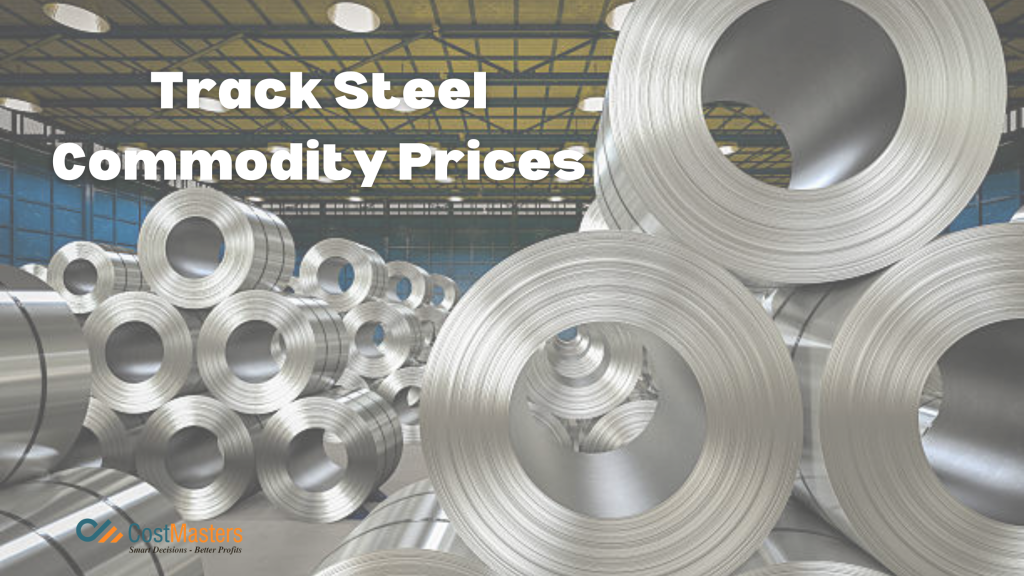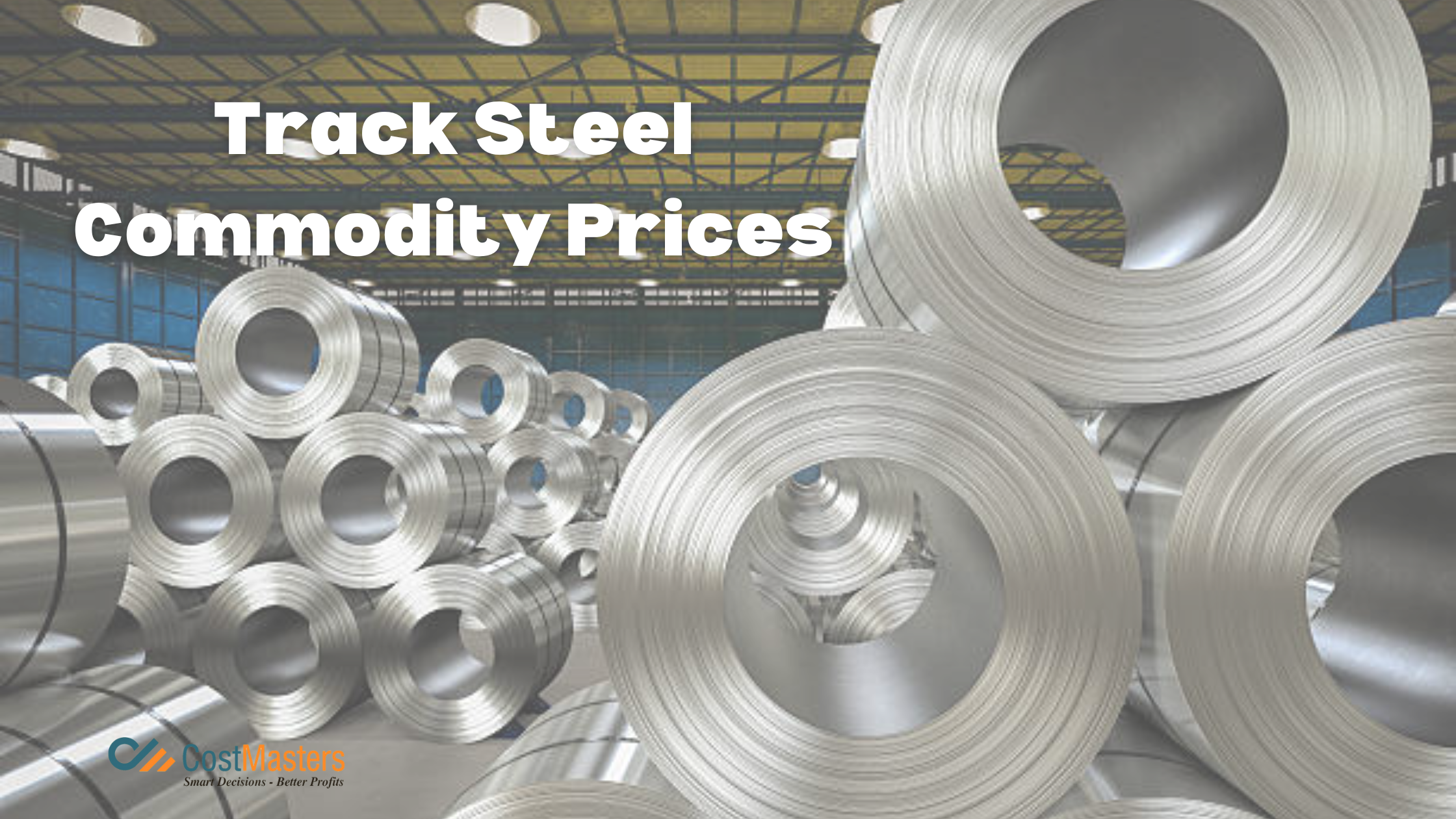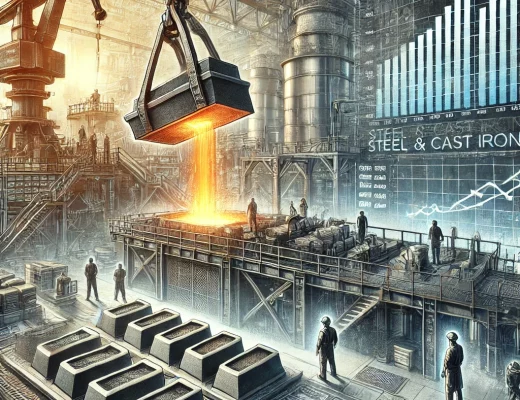India, a country with diverse culture, a glorious past and remarkable economic development has witnessed jumps or fall of steel commodity prices over some years. This pricing dynamics of the nation’s infrastructure and manufacturing sectors anchor the steel industry which has been affected by several other factors. From global market trends to domestic policy shifts, the volatility in steel prices has left stakeholders grappling with uncertainties and challenges.

In this article, we will explore the many causes for fluctuations in steel commodity prices India. It is important to understand these changes not only to people within the industry but also investors, policy makers as well as consumers among others. Price changes of steel have far reached implications on various areas including construction projects, automobile manufacturing industries, infrastructure developments amongst others. The purpose of this article is to examine what drives the fluctuation of steel prices in India. Through this article we intend to highlight the interplay between global and domestic factors that will enable readers make better decisions about their investment strategies in such an unpredictable market environment as that of today’s volatile steel markets.
The Downturn: Balancing Act and Price Stabilization (Apr ’23 to June ’23)
The Demand is weak due to slowdowns in major economies and China’s construction sector cause abundant quantity of steel further the global steel consumption to grow only 1.6% in 2023. Steel commodity prices was stay low despite some recovery in China. In this quarter the prices are decreased by around 5 %.
The start of Upswing: Better condition or myth (Apr ’23 to Sep ’23)
The second quarter of FY 23-24 has shown strong demand in the domestic market which was coupled with an increase in raw material prices such as coal price and iron ore resulted into higher steel commodity prices India.
The Bullish Price Action That Marked the Start of Downfall (Oct ’23 to Mar ’24)
While international steel prices have fallen because of a decrease in demand, particularly in China where local prices have dropped to record lows, coupled with a supportive decline in commodity prices like coking coal and iron ore, Chinese steel exports rose by 30% YoY (January-February 2024) – the highest levels since 2016. Yet in February 2024, India’s domestic steel demand remains sound despite global challenges as it grew by 9% compared with the previous year; this growth however faces opposition from higher stock levels and reduced buyer interest that put pressure on local steel prices as well as modest import relief and increased supply from domestic producers such as JSPL and NMDC, all while preparing for election season’s unpredictability regarding steel demand.
The Forecast for FY 2024-25: A Look Ahead
a more stable price environment in the Indian steel market for FY 2024-24. Here’s a breakdown of the key factors likely to influence steel prices:
Changes in Demand Growth: Meanwhile, demand is still expected to be positive, but it is projected to moderate compared to previous years, according to reports by Crisil. The reports indicate that demand might not increase as rapidly as before, possibly due to the upcoming elections and a potential slowdown in infrastructure.
Growth Of Domestic Production Capacity: In the second half of FY 2024-25, new steel production capacity will become operational, further closing the gap between domestic supply and demand and leading to oversupply, which will push prices lower.
Global Steel Market Trends: The global steel market continues to remain important. If there is a deeper global slowdown and it weakens further, it could lead to increased steel exports and cause international prices to dip, adversely affecting India’s market as well.



